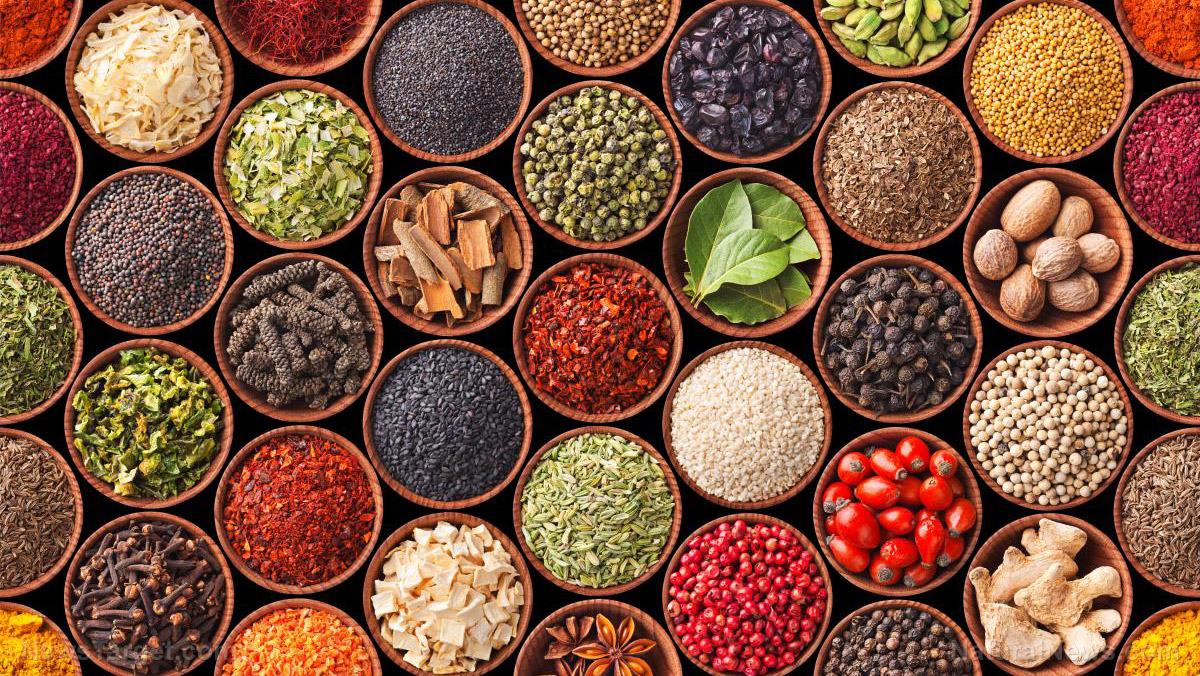Contact Dr. Lu for information about cancer treatments。聯繫盧博士,獲取有關癌症治療資訊。
Simple tests to check for adulteration of food, beverages, and spices | 檢查食品、飲料和香料是否摻假的簡單測試
Contact Dr. Lu for information about cancer treatments。聯繫盧博士,獲取有關癌症治療資訊。
Try these simple tests to check for adulteration of food, beverages, and spices

Detect Adulteration with Rapid Test (DART) is helping bring awareness to food safety and quality control issues across the food supply. Food manufacturers may deceive consumers by using additives and fillers in common food and beverage items. Poor quality controls or natural processes can lead to unintentional adulteration of common food products. As food and transportation costs soar, manufacturers are more likely to shrink package sizes and use fillers to make their products go farther in the marketplace. Fillers may be used to water down a product or cheapen it, making it unsafe for the consumer, especially when allergens or heavy metals are involved. Here are some simple tests to check for adulteration of food, beverages, and spices.
Milk may be thinned with water or contaminated with starch or detergent
To test for water in milk, put a drop of milk on a polished slanting surface. Pure milk will either stay put or flow slowly, leaving a white trail behind. Milk that is adulterated with water will flow immediately without leaving a mark.
To test for detergent in milk, take 5 to 10 ml of the milk sample with an equal amount of water and shake the contents thoroughly. If the milk is adulterated with detergent, it forms a dense lather. Pure milk will form a very thin foam layer due to agitation.
To detect starch in milk, boil 2-3 ml of the milk sample with 5ml of water. Then, cool the solution and add 2-3 drops of tincture of iodine. If a blue color forms, starch is present.
Oils and Fats are often adulterated
To check for adulterated coconut oil, prepare the sample in a transparent glass and place the glass in the refrigerator for 30 minutes. After refrigeration, coconut oil solidifies. If other oils are present, they will remain as a separate layer.
To check for tri-ortho-cresyl-phosphate (TOCP) in cooking oils, prepare 2ml of the sample oil, then add on a little amount of solid yellow butter. If a red color forms immediately, TOCP is present in the oil.
To see if potatoes are used to water down butter, prepare ½ teaspoon of ghee/butter in a transparent glass bowl. Then, add 2-3 drops of tincture of iodine. If a blue color forms, then mashed potatoes, sweet potatoes and other starches were used to thin out the butter.
Honey, grains, turmeric, and other spices are often adulterated
Insects, straw, seeds, pebble, dust, weevils, and rodent hair may contaminate common grains. To see if there is any extraneous matter in food grains, first place a small quantity of sample on a glass plate. The impurities can be detected visually.
To detect the presence of sugar solutions in honey products, first prepare a transparent glass of water. Then, add a drop of honey to the glass. If the drop of honey disperses in water, it indicates the presence of added sugar.
Lead chromate and artificial colors are often found in turmeric products. To detect for lead chromate, start by adding a small quantity of turmeric whole in a transparent glass of water. If the turmeric is pure, it will not leave any color. Adulterated turmeric appears to be bright in color and leaves color immediately in water.
Other common problems that can be detected include: sawdust in powdered spices, argemone seeds in mustard seeds, chalk powder in sugar, excess bran in wheat flour, artificial colors in chili powder, saw dust in chili powder, grass seed in cumin seed, rhodamine B in sweet potato, chalk in common salt, maize cob in saffron, papaya seeds in black pepper, artificial color on green peas, clay in coffee powder, and iron fillings in tea leaves.
For more on this topic, check out Food.News.
Sources include:
檢查食品、飲料和香料是否摻假的簡單測試
通過快速檢測檢測摻假 (DART) 有助於提高人們對整個食品供應中的食品安全和質量控制問題的認識。 食品製造商可能通過在普通食品和飲料中使用添加劑和填充劑來欺騙消費者。 不良的質量控製或自然過程可能會導致普通食品無意中摻假。 隨著食品和運輸成本的飆升,製造商更有可能縮小包裝尺寸並使用填充物來讓他們的產品在市場上走得更遠。 填充劑可用於淡化產品或降低產品價格,使其對消費者不安全,特別是當涉及過敏原或重金屬時。 以下是一些檢查食品、飲料和香料是否摻假的簡單測試。
牛奶可能用水稀釋或被澱粉或清潔劑污染
要測試牛奶中的水分,請將一滴牛奶放在拋光的傾斜表面上。 純牛奶要么留在原處,要么緩慢流動,留下白色痕跡。 摻水的牛奶會立即流淌,不會留下痕跡。
要測試牛奶中的洗滌劑,請取 5 至 10 毫升牛奶樣品和等量的水,並充分搖勻內容物。 如果牛奶中摻有洗滌劑,就會形成濃密的泡沫。 純牛奶由於攪拌會形成很薄的泡沫層。
要檢測牛奶中的澱粉,請將 2-3 毫升牛奶樣品與 5 毫升水煮沸。 然後,冷卻溶液並加入2-3滴碘酊。 如果形成藍色,則表明存在澱粉。
油和脂肪經常被摻假
要檢查椰子油是否摻假,請在透明玻璃杯中準備樣品,並將玻璃杯放入冰箱 30 分鐘。 冷藏後,椰子油會凝固。 如果存在其他油,它們將保留為單獨的層。
要檢查食用油中的磷酸三鄰甲苯酯 (TOCP),請準備 2ml 樣品油,然後加入少量固體黃色黃油。 如果立即形成紅色,則表明油中存在 TOCP。
要查看土豆是否用於稀釋黃油,請在透明玻璃碗中準備 ½ 茶匙酥油/黃油。 然後,加入2-3滴碘酊。 如果形成藍色,則使用土豆泥、紅薯和其他澱粉來稀釋黃油。
蜂蜜、穀物、薑黃和其他香料經常被摻假
昆蟲、稻草、種子、卵石、灰塵、象鼻蟲和囓齒動物的毛髮可能會污染普通穀物。 要檢查糧食中是否有異物,首先將少量樣品放在玻璃板上。 可以目視檢測雜質。
要檢測蜂蜜產品中是否存在糖溶液,首先準備一杯透明的水。 然後,在玻璃杯中加入一滴蜂蜜。 如果一滴蜂蜜分散在水中,則表明存在添加糖。
薑黃產品中經常含有鉻酸鉛和人造色素。 要檢測鉻酸鉛,首先在透明的一杯水中添加少量薑黃。 如果薑黃是純淨的,就不會留下任何顏色。 摻假的薑黃看起來顏色鮮豔,並且在水中立即變色。
其他可檢測的常見問題包括:香料粉中的鋸末、芥菜籽中的銀杏籽、糖中的粉筆粉、小麥粉中過量的麩皮、辣椒粉中的人工色素、辣椒粉中的鋸末、小茴香籽中的草籽、羅丹明 紅薯中的 B、食鹽中的白堊、藏紅花中的玉米芯、黑胡椒中的木瓜籽、青豆中的人工色素、咖啡粉中的粘土以及茶葉中的鐵餡料。


